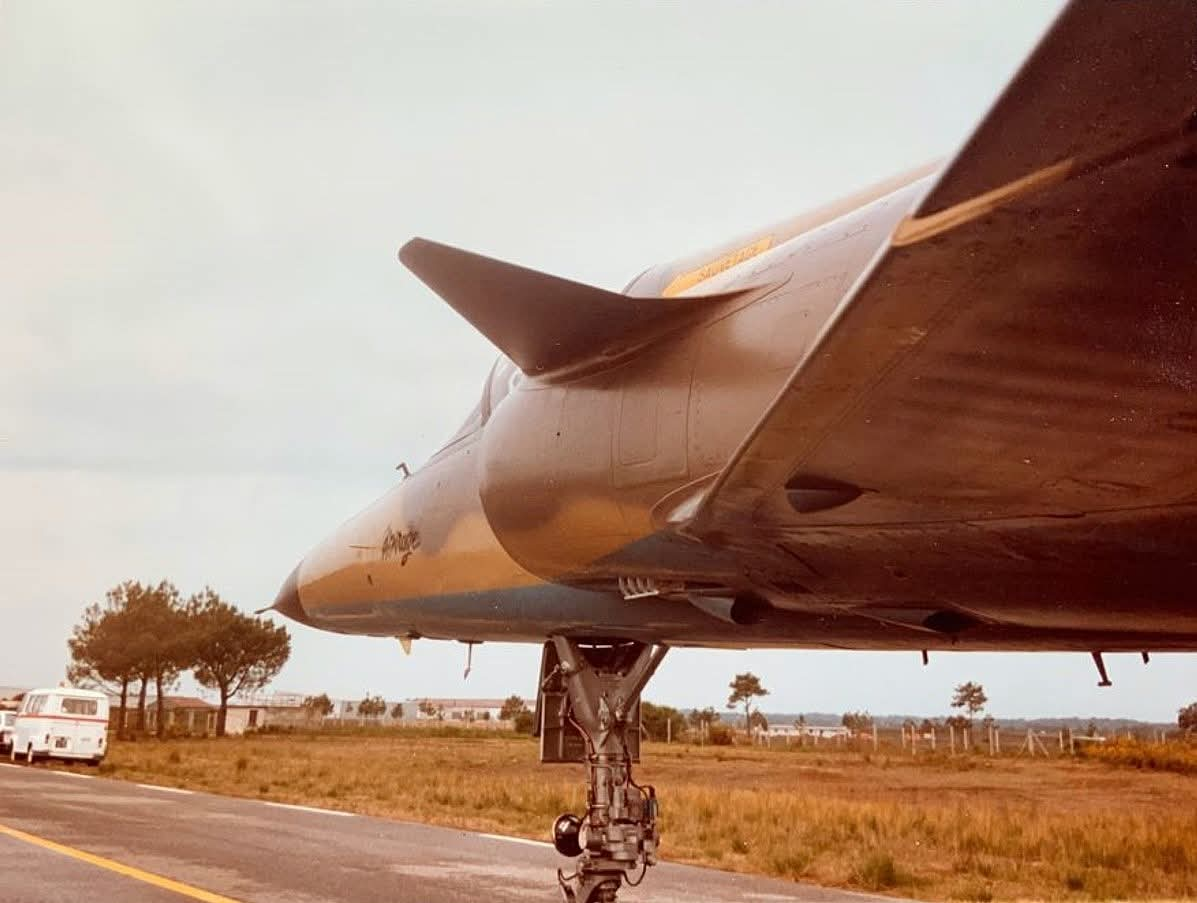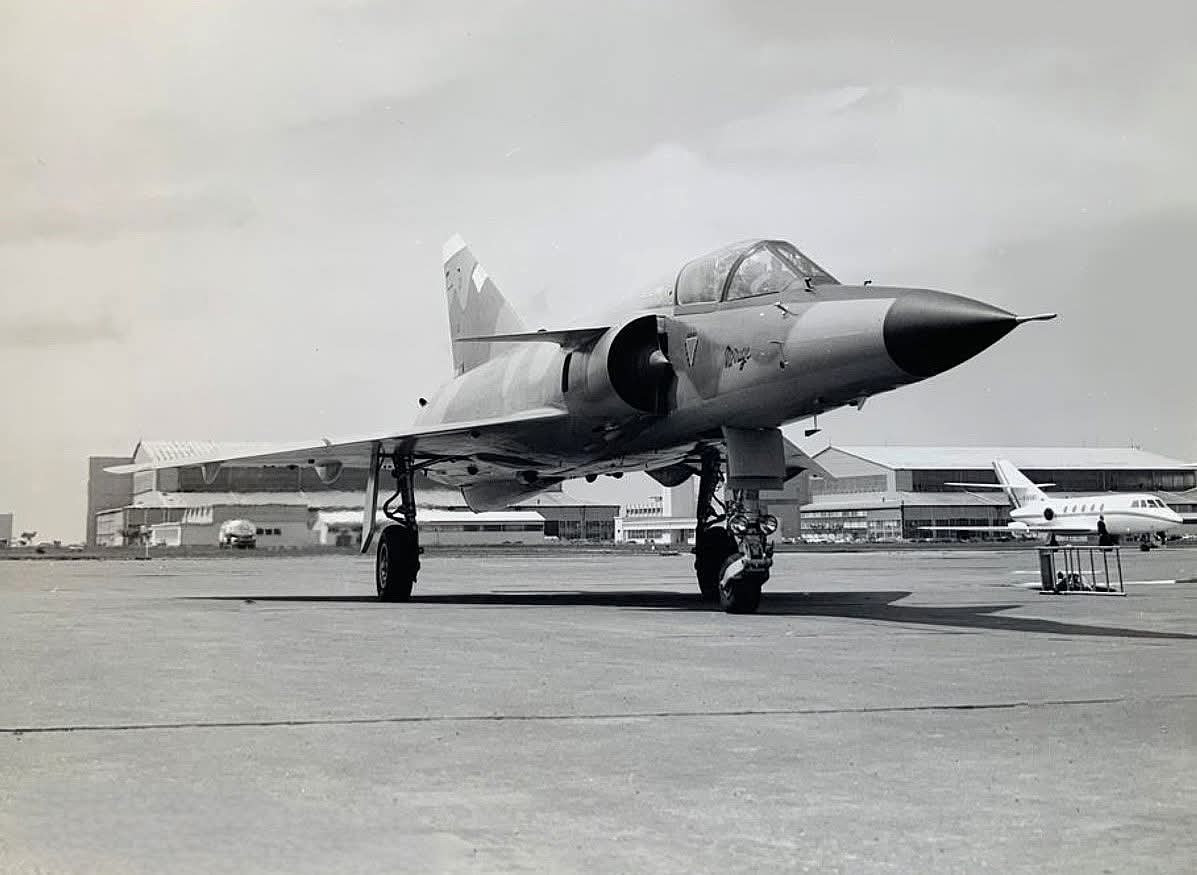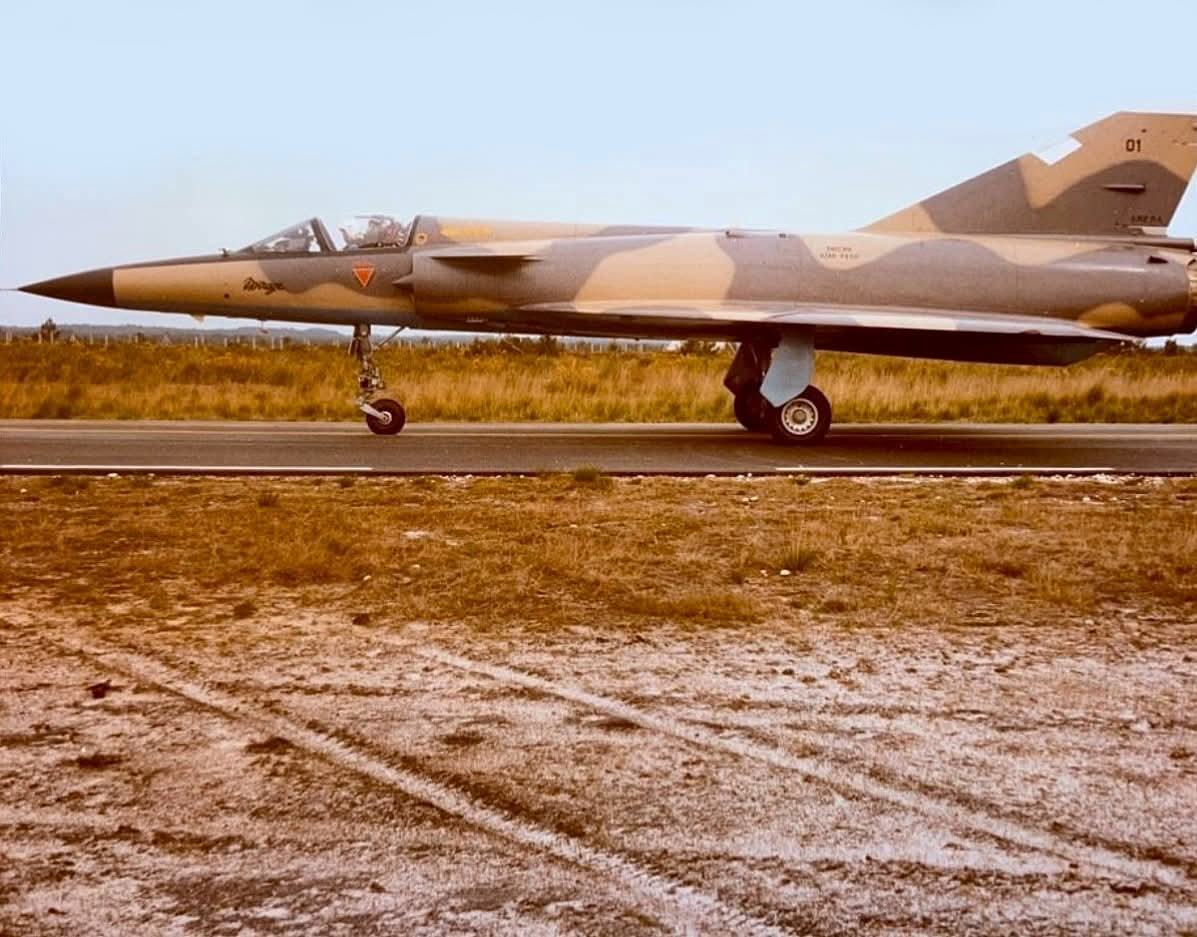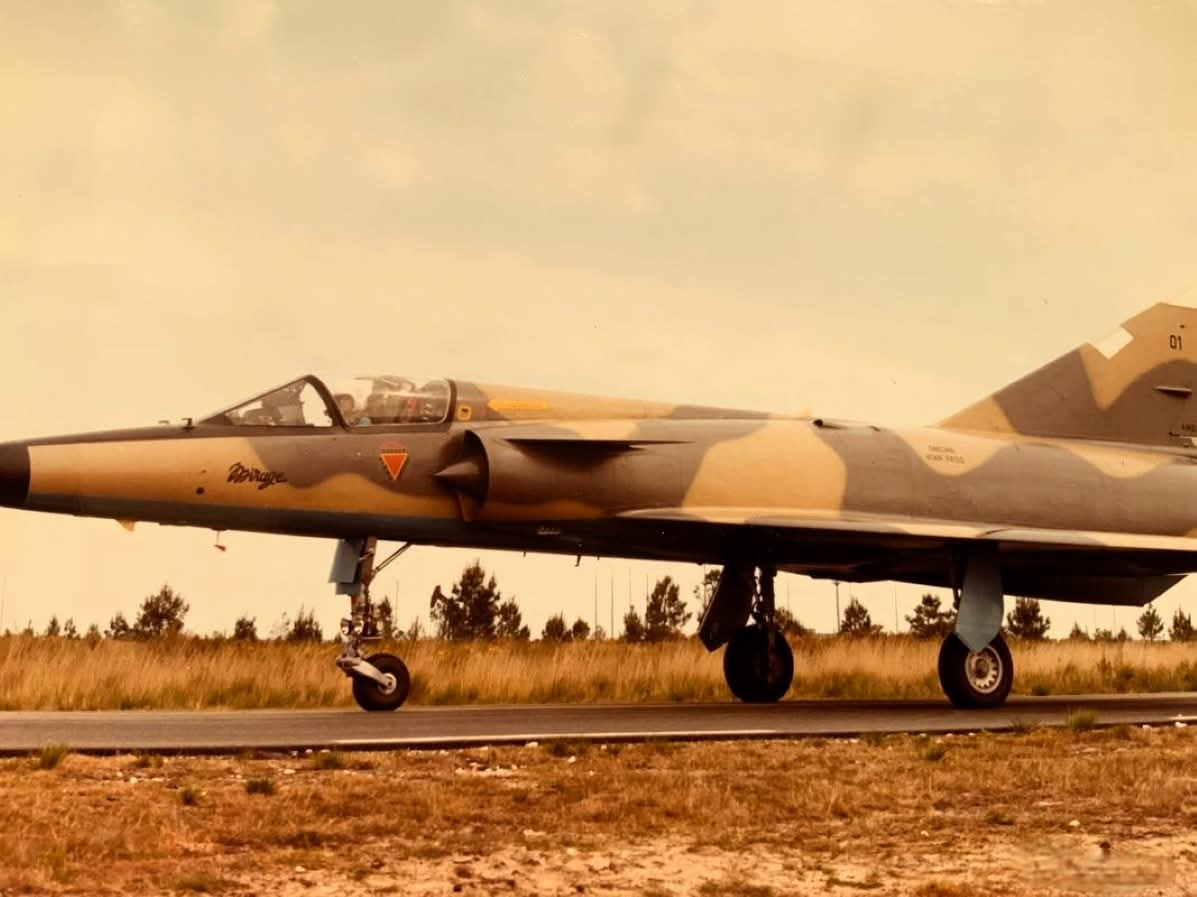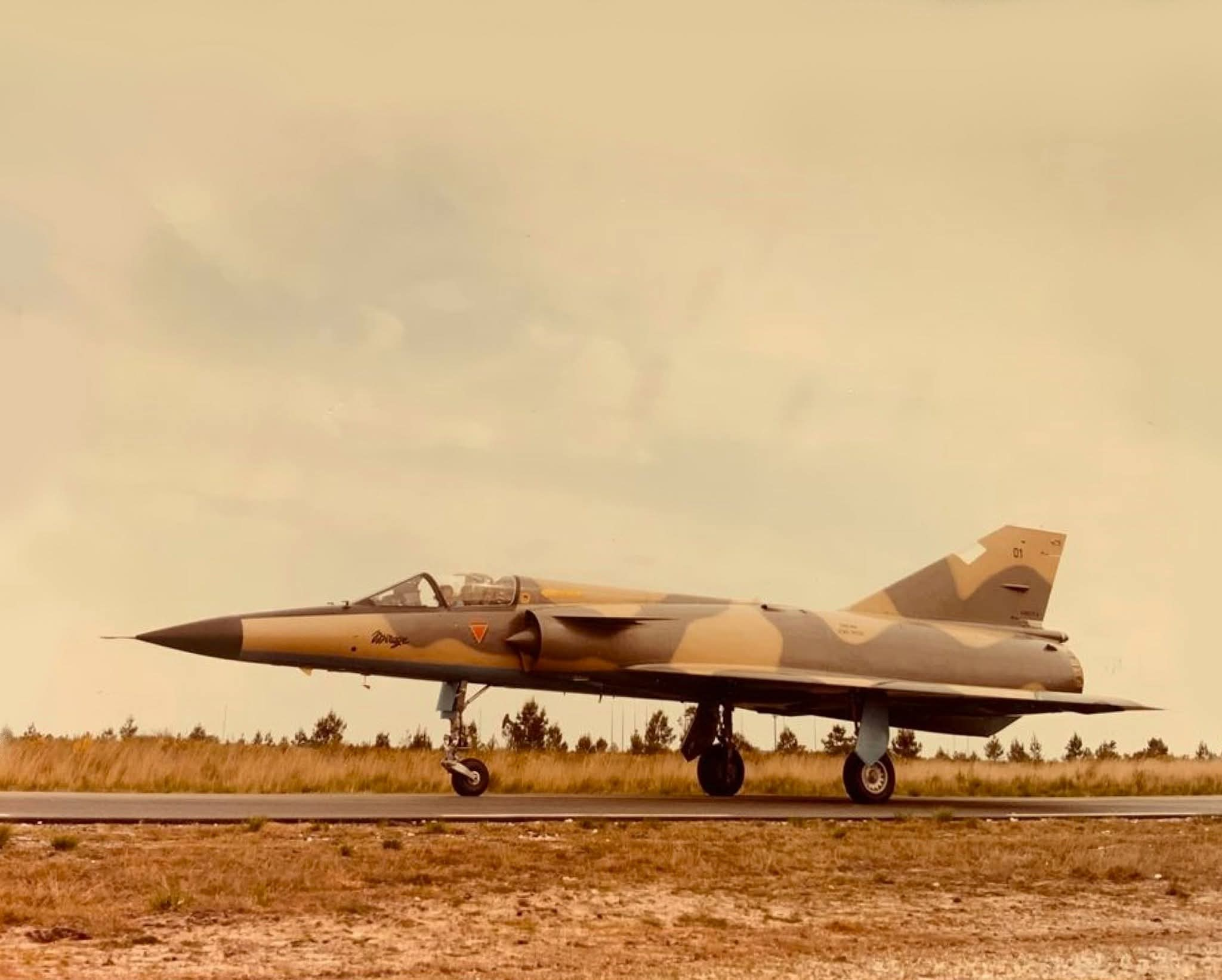- Yes
- No
Mirage 50CN
History:
The Mirage 50 is the successor to the well-known Mirage 5 but was not its replacement. This aircraft had the more powerful and better performing Snecma Atar 9K-50 engine than the Atar 9C, the Mirage 50 owes its name to this more powerful engine. Only a total of 24 units were produced or modified, with Chile and Venezuela being the only customers. Chile was the first customer to buy this new model with a total of 16 aircraft in different versions (50C, 50FC, 50DC) but we will only focus on the Mirage 50C (Chilean) variant.

Due to the Kennedy amendment given by the United States, Chile could not continue with the maintenance of its A-37B Dragonfly and F-5 Tiger II, for this reason a purchase study was initiated in France, highlighting the Mirage 50 that presented advantages compared to the Mirage of Argentina and Peru, mainly in its more powerful engine. in addition, the documentation stated that the Mirage 50 had better performance than the Mirage 5 in the following points: 15% to 20% improvement in take-off run, an additional 1,900 pounds of take-off weight (approximately 900 kg), an additional 140 km of range of action and a 35% improvement in riding time.
It is also important to note that the Mirage 50C carried Thomson-CSF Agave radar with a range of up to 28 km for aerial targets, a scan in azimuth of 140° and 60° in elevation. This radar is relatively well known since it was carried by the French Super Etendard. Another important addition in these Chilean Mirages was that they had the BF RWR, easily recognizable as it was composed of two bullet or pencil-shaped antennas on the top of the tail of the plane, one antenna pointing towards the front and the other towards back, this same RWR can be found on the Mirage F1C.



Due to the Beagle crisis in 1978 that would put Chile and Argentina on the verge of war, the latter country began a process of purchases initially acquiring in Israel 26 improved IAI Nesher called Dagger, this fact made Chile accelerate the process of purchases in France, that is how in 1980 8 Mirage 50FC (French-Chilean) arrived in Chile that were Mirage 5F repowered with the Atar 9K-50. Later, in 1982, 6 Mirage 50C arrived in Chile (Numbered from 509 to 514), which were totally new from the factory and carried the Agave radar, and 2 Mirage 50DC trainers. Throughout this period, these new aircraft were deployed throughout the country in the face of the war threat from Argentina that would end with the British victory in the Falkland Islands and in 1984 Argentina recognizing Chilean sovereignty over the islands Picton, Nueva and Lennox.

Regarding weapons, the original contract with France did not budget for the purchase of weapons, so the Chilean Mirages 50 were armed with national bombs manufactured by Cardoen Industries, which included general purpose bombs and devastating cluster bombs, cluster bombs manufactured by Ferrimar were also available, but the FACH’s favorites were those manufactured by Cardoen since they were more reliable and better constructed. As for air-to-air missiles, reliance was once again placed on the Israeli Shafrir II missile which had been integrated into the FACH inventory in 1977. Additional tanks were also integrated into different models (RP30, RP6-III, RP18 R, RPK -17). For ground attack, the RPK-17 supplementary tanks capable of carrying 4 free fall bombs, whether general purpose bombs or Cardoen cluster bombs, were used. At the rocket level, the 68 mm SNEB rockets that were already in the FACH stock continued to be used.
Once the conflict with Argentina was over, a study was initiated to improve Chile’s Mirage 50 fleet, thus initiating the first modernization program called the Bracket project developed by ENAER under the advice and support of Israel Aircraft Industries. To carry out this modernization, the Mirage 50C series 514 was used, which incorporated vortex generator fillets after the aircraft’s radar cone and Canard fins. Once this modernization was completed, the Mirage 514 series was presented at FIDA 1986 with the new name of Mirage 50CN. Due to the success of this modernization, it was decided to replicate it in the other Mirage 50s but this time under the Pantera program that added this and other improvements, all with the help of Israel and that would finally lead to the birth of the Mirage Pantera, but that is another story.


Specifications:
- Crew:
- 1
- Armament:
- Primary: 2x 30mm DEFA 552A internal cannons
- Secondary: hardpoint mountings 7 support 4,000 kg:
- Bombs: Cardoen GP Bombs (Mk 81, 82, 83, 84), Cardoen Cluster Bombs (CB-130, CB-500, CB-250-K, CB-500-K), Ferrimar cluster bombs (WB-250-F, WB-500-F), Snake-eye bombs, Fuel tanks
- Rockets: 68mm SNEB rocket pods
- Missiles: 2x Shafrir 2
- Additional systems: Thomson-CSF Agave radar, Thomson-CSF BF RWR (Radar warning receiver), vortex generating fillets, Canard fins.
- Dimensions:
- Lenght: 15.5 m
- Wingspan: 8.22 m
- Height: 4.50 m
- Empty weight: 7,150 kg
- Weight maximum take-off: 13,700 kg
- Performance:
- Powerplant: Atar 9K-50 that provides 5,000 kg Normal thrust, 7,200 kg. thrust at full power
- Maximum speed: 2350 km/h
- Service Ceiling: 18000 m
- Range: 4000 km
- Rate of climb: 186 m/s
Chilean Bombs Specifications
CARDOEN GP BOMBS (general purpose)

CARDOEN CLUSTER BOMBS



Ferrimar CLUSTER BOMBS

Photos:
Sources:
- Amazon.com
- Amazon.com
- El Mirage 50 Pantera en la Fuerza Aérea de Chile
- 10 años del último vuelo oficial del Mirage Pantera de la Fuerza Aérea de Chile
- Janes Air-Launched Weapons 1997
- Janes Radar and Electronic Warfare Systems 1993-94
- Мировая авиация — Военные самолеты DeAGOSTINI
- Jane’s All the World’s Aircraft 1987-88
- Latin american mirages by Santiago Rivas and Juan Carlos Cicalesi


















